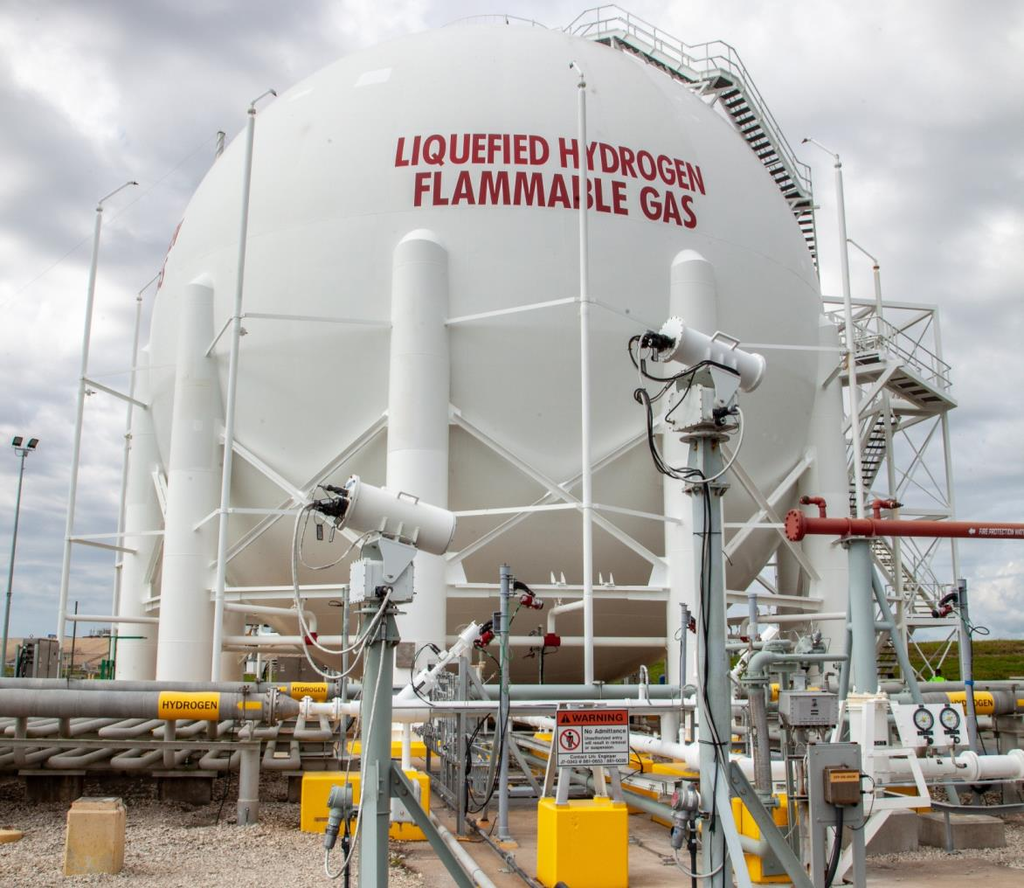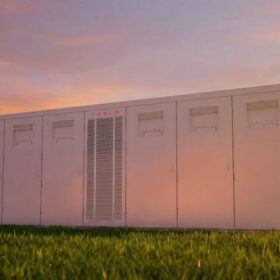A Swedish-Finnish research group has conducted a comprehensive analysis of all storage options for large-scale compressed hydrogen, including storage vessels, geological storage, and other underground options.
They complemented their qualitative review with an assessment that considered a broad spectrum of technological advances for storing compressed gaseous hydrogen.
“Most of the technologies discussed in this study are immature and under development, which means that the research is still ongoing,” they said. “Furthermore, the infrastructure and facilities behind some of the technologies are massive, which would require significant resources and costs.”
They also noted that storage projects should be big enough to ensure low costs and profitability.
“The lesser the size, the more costly and unrealistic option it would be. Furthermore, geological nature and viability are crucial factors for some technologies,” they warned, in reference to the constraints of the geological options.
Storage vessels
The scientists grouped storage vessels into four categories: pressure vessels made of metals like carbon steel and low-alloy steel, thick load-bearing metal liners based on steel or aluminium, thin metal liners with fibre resin composites, ultra-thin metal liners fully wrapped with fibre resin composites, and linerless fully composite pressure vessels based on fibre-reinforced shells.
The scientists noted the importance of different components such as valves, sensors, and storage containers for this kind of hydrogen storage. They also considered the most common fibre-reinforced composites used for hydrogen storage tanks, including carbon fibres, glass fibres, and glass fibres. They also looked at polyester, phenol, and epoxy resins for manufacturing pressure vessels. They said the latter are the best candidates due to their high mechanical properties and resistance to temperature and corrosion.
They also looked at seamless hydrogen storage vessels in hydrogen fuel stations and multifunctional layered stationary hydrogen storage vessels. The former can be cascaded in multi-vessel assemblies through valves and interconnection piping manifolds, leading to more hydrogen leak points. The latter are considered ideal for large-scale hydrogen storage operating at high pressure, without restrictions on size. The scientists also looked at steel-concrete composite pressure vessels and natural gas metallic vessels.
Geological storage
The Swedish-Finnish group assessed several options for geological hydrogen storage, including depleted oil and gas reservoirs, aquifers, salt caverns, abandoned mines, and rock caverns.
“The geological storage system typically includes injection and withdrawal wells and a confining layer. The injection and withdrawal wells are the devices responsible for getting the hydrogen in and out of the underground geological formations,” they said.
In addition, they assessed the viability of blending hydrogen into natural gas pipelines and underground methanation reactors.
“Despite the benefits of hydrogen injection into the natural gas network, there are also drawbacks that limit the amount of hydrogen (%) that can be injected. Hydrogen embrittlement is one of the main issues concerning pipelines safety and leaking risk,” the scientists said, in reference to the first of the two technologies.
They see the methanation reactors as a potentially good alternative, but they still have concerns about the methane production rate.
“The resulting methane then could be added to the natural gas network, which can provide one big storage that can be accessed by renewable sources that are close to the natural gas grid,” they said.
The academics said that they eventually want to conduct distance assessments for hydrogen transport, storage losses and all uses of stored hydrogen.
“The knowledge of these factors shall help the decision-makers to analyse and identify the tradeoffs among the different factors concerning the different technologies based on case by case requirements that can include specific technical parameters such as discharge or storage size,” they said.
They presented their findings in “Large-scale compressed hydrogen storage as part of renewable electricity storage systems,” which was recently published in the International Journal of Hydrogen Energy. The research group includes academics from Sweden’s KTH Royal Institute of Technology and the Aalto University in Finland.
This content is protected by copyright and may not be reused. If you want to cooperate with us and would like to reuse some of our content, please contact: editors@pv-magazine.com.









The president of Cummins thinks that hydrogen-fueled internal combustion engines can help address climate change. How? “By creating a viable use case and demand for hydrogen in the near term, we can accelerate hydrogen infrastructure build-out and increase scale production of vehicle storage tanks. Both advances are necessary for the widespread adoption of fuel cell powertrains.” Good point. Along the same thinking, using all hydrogen in the beginning — without regard to its source — should also help “accelerate hydrogen infrastructure build-out.” As far as setting up the refueling infrastructure is concerned, green hydrogen, blue hydrogen, and gray hydrogen are all the same. Indeed, gray hydrogen should be used first because it is already here and can easily help us set up and test the new delivery network. Once we have it in place and things are working, we can then shift to blue hydrogen and ultimately to green. This is the sound way of doing things and the way we have done things before. So stop conflating the source of the hydrogen with the means of delivering it. One has nothing to do with the other. Arguments against the source of hydrogen should not get in the way of us setting up a safe and efficient way to deliver it to those that need it.